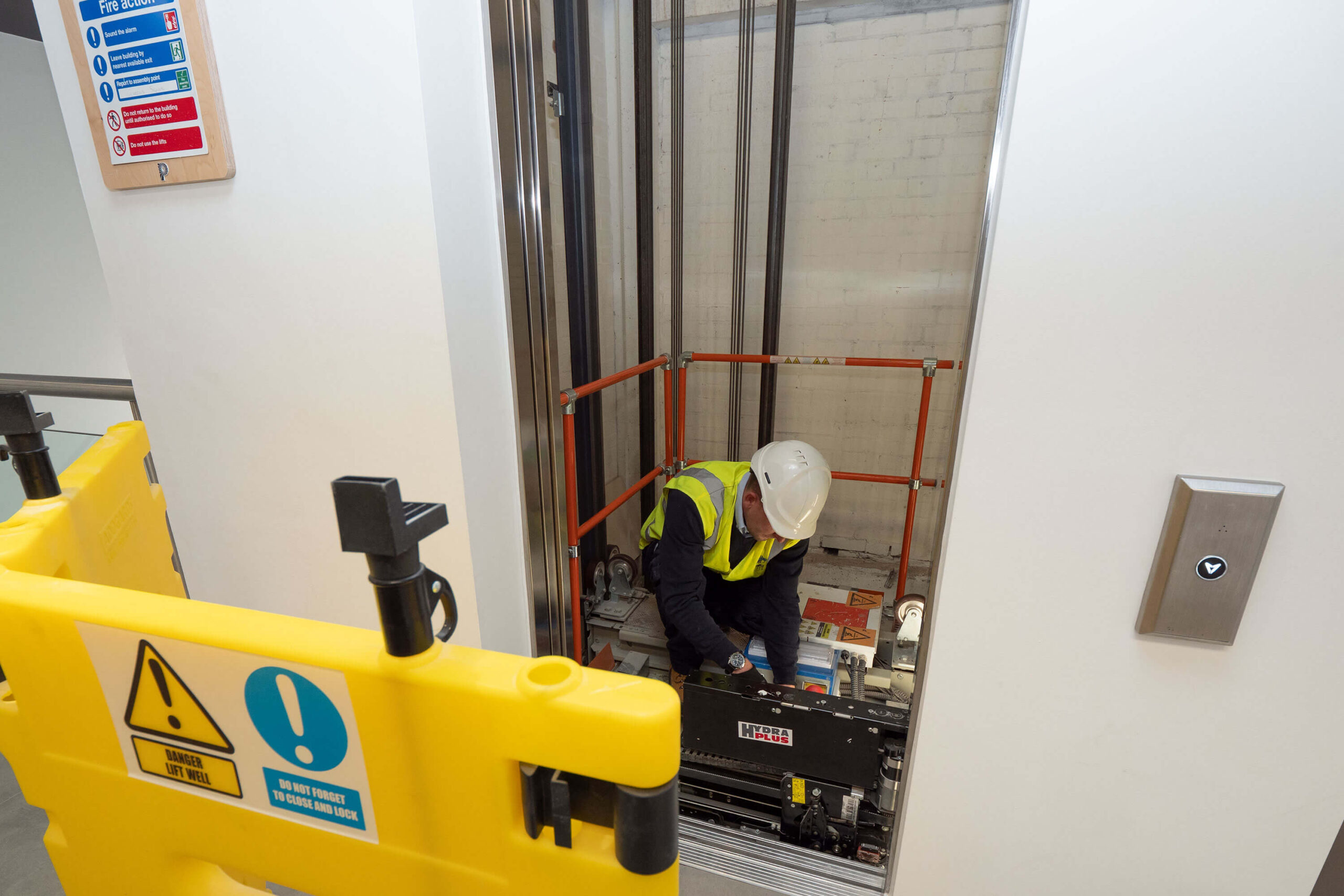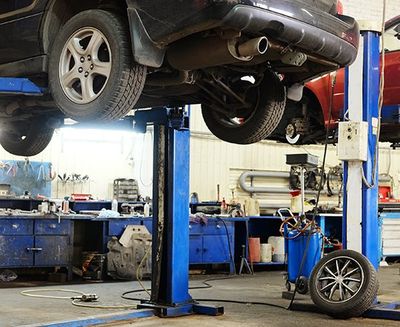Comprehensive Guide to Elevator Equipments and Their Upkeep
Browsing the complex world of lift systems and their maintenance is a job that requires precision and knowledge. From the various kinds of elevator systems in usage to the careful adherence to safety and security laws, the maintenance of these upright transport devices is a diverse venture.
Sorts Of Lift Solutions
Lift systems been available in different types, each developed to match specific building demands and individual demands. The most common types consist of hydraulic lifts, grip lifts, machine-room-less elevators, and vacuum lifts. Hydraulic lifts are excellent for low-rise buildings and make use of a hydraulic piston to move the elevator cars and truck. Traction lifts, on the various other hand, are extra matched for skyscrapers and make use of steel ropes and weights to relocate the car. Machine-room-less elevators are a space-saving alternative as they do not call for a separate device space for the elevator machinery. Vacuum elevators, a more modern-day development, use air stress differentials to move the cars and truck within a transparent tube.
Each kind of elevator system has its own benefits and disadvantages, making it important for building owners and developers to thoroughly consider their particular demands before selecting the most ideal option. Variables such as building elevation, area availability, power performance, and budget plan constraints all play a substantial function in establishing the finest elevator system for a certain building.
Typical Maintenance Issues
Regular upkeep of lift systems is important to ensure smooth procedure and lengthen their life expectancy. In spite of regular upkeep, elevator systems can still experience common upkeep concerns that need to be promptly resolved to avoid disturbances in solution. Regular evaluations and proactive upkeep can assist recognize and fix these usual maintenance concerns before they intensify and affect the overall performance of the elevator system.
Security Rules and Conformity
Complying with stringent security guidelines and making sure conformity with market criteria are paramount for preserving the operational stability of elevator systems. Elevators are subject to a detailed set of security guidelines to safeguard guests, upkeep personnel, and the public. Regulatory bodies such as the Occupational Safety and Health And Wellness Administration (OSHA) in the United States and the European Lift Organization (ELA) in Europe establish standards that cover numerous aspects of elevator design, maintenance, setup, and operation.
Conformity with these laws is not just a lawful need but also a moral obligation for building owners and elevator maintenance companies. Regular inspections, maintenance checks, and adherence to safety protocols outlined in the regulations look at this web-site are important to guarantee the efficient and safe procedure of lift systems.
Finest Practices for Maintenance

An additional vital ideal method is to quickly deal with any reported concerns or uncommon noises to stop further damages. Applying a positive method to maintenance can conserve time and money over time by staying clear of pricey repair work or replacements. Building owners should additionally consider buying innovation upgrades to improve the efficiency and safety and security of their lift systems. By following these ideal methods, lift systems can operate efficiently and safely, providing trusted upright transportation for passengers.

Advanced Technologies for Effectiveness
Implementing sophisticated innovations in elevator systems can dramatically improve operational effectiveness and passenger experience. These systems permit travelers to input their desired flooring before going into the elevator, which after that directs them to the most reliable vehicle.
Moreover, the combination of smart sensors and predictive upkeep capabilities has revolutionized elevator maintenance. These sensors can identify potential concerns before they intensify, making it possible for positive upkeep treatments and lessening downtime. In addition, using Home Page regenerative drives and energy-efficient components helps in reducing power usage and operating expense in elevator systems.
Additionally, the execution of cloud-based monitoring and remote diagnostics enables for real-time monitoring of lift efficiency and instant troubleshooting of any kind of malfunctions. This positive technique not just improves system dependability yet additionally enhances the general individual experience by making certain smooth and continuous lift operations.
Conclusion
In final thought, comprehending the various kinds of lift systems, common maintenance issues, security guidelines, ideal maintenance techniques, and progressed innovations for performance is critical for making sure the smooth procedure of lifts. By sticking to safety and security important link laws and implementing best practices for upkeep, structure proprietors can lengthen the life expectancy of their lift systems and make sure the security of travelers. It is very important to remain updated on the most up to date improvements in elevator innovation to improve efficiency and reliability.
The most usual kinds consist of hydraulic elevators, traction elevators, machine-room-less lifts, and vacuum cleaner elevators. Hydraulic elevators are perfect for low-rise buildings and make use of a hydraulic piston to relocate the elevator vehicle. Machine-room-less elevators are a space-saving alternative as they do not call for a separate device room for the lift equipment. Regular inspections and aggressive upkeep can assist identify and settle these usual maintenance concerns before they escalate and impact the total efficiency of the elevator system.

Comments on “How Lift Maintenance London Attracts Attention Amongst Local Lift Repair Companies”